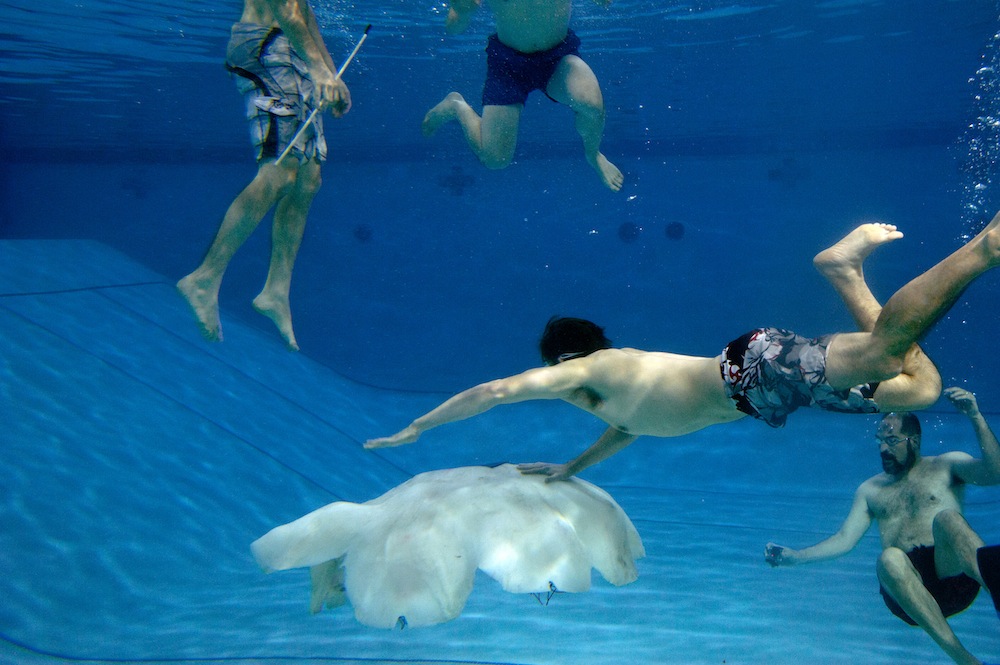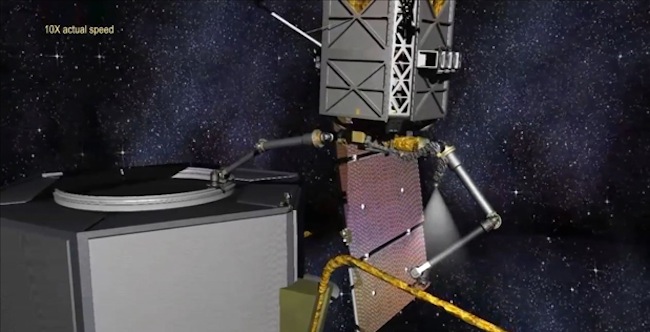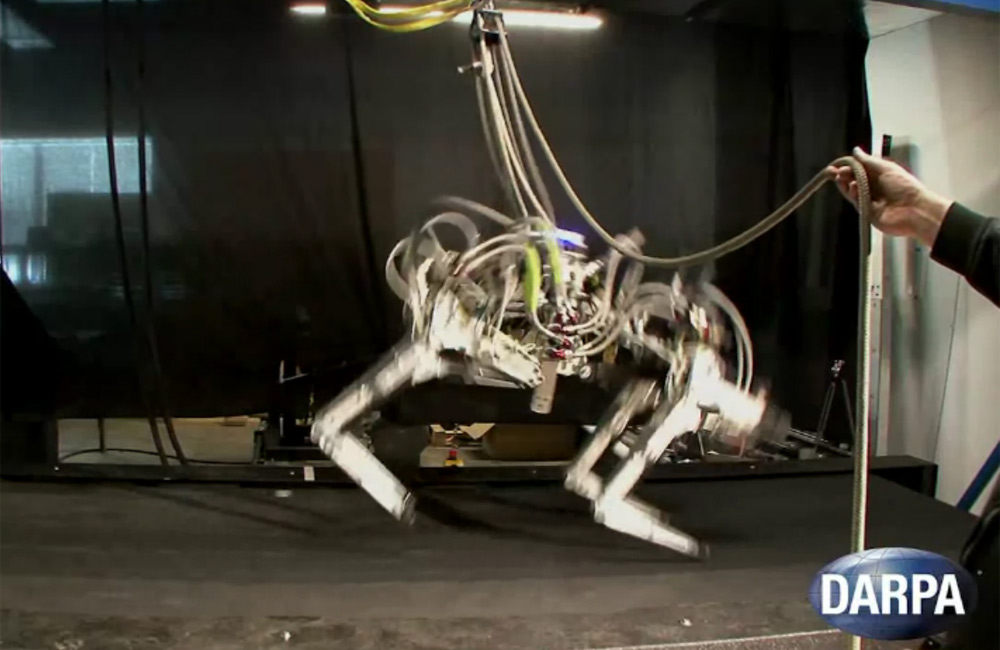Watch It! The 5 Coolest Robots
Robot Video

Watch these amazing videos on the latest in robots.
Man-size jellyfish

A giant, slimy, tentacled robot modeled after one of the world's largest jellyfish could be a precursor to self-powered, autonomous robots that monitor the seas, map the seafloor and even reveal secrets of marine life, engineers say.
Dubbed Cyro, the newly unveiled robotic jellyfish is a scaled-up version of another mechanical swimmer, this one the size of a human hand, called RoboJelly that was developed by the same team of researchers at Virginia Tech College of Engineering.
At 5-foot-7 (1.7 meters) and weighing 170 pounds (77 kilograms), Cyro is the jelly equivalent of an average human guy. [Read more on the man-size jellyfish bot]
Crawl Like an Earthworm

Dubbed the "Meshworm," a new bio-inspired robot stretches and contracts to crawl across the ground like an earthworm. But unlike its living, breathing counterpart, this artificial creature is durable enough to survive being bludgeoned by a hammer.
"You can throw it, and it won't collapse. Most mechanical parts are rigid and fragile at small scale, but the parts in Meshworms are all fibrous and flexible," said mechanical engineering researcher Sangbae Kim in a statement from MIT. "The muscles are soft, and the body is soft … we're starting to show some body-morphing capability," added Kim, who with colleagues described the robot in 2012 in the journal Transactions on Mechatronics.
Read more on the earthworm robot.
Get the world’s most fascinating discoveries delivered straight to your inbox.
Insect-Driven Robot

Researchers chose the male silkmoth because of the distinctive mating dance it uses to zero in on a pheromone — a chemical signal from its mate. The insect moves in a straight line, followed by zigzagging, a pattern that allows it to detect clusters of odor molecules.
In a feat detailed Feb. 5, 2013, in the journal Bioinspiration and Biomimetics, the moth was able to "drive" the robot by walking on a rotating polystyrene ball onboard, like a trackball controlling a computer cursor. The insect drove the robot inside a wind tunnel, which simulated the flow of air the moth would feel if it were flying. The moth drove upwind to track the pheromone.
Read more on the insect-driven robot.
Space Robot

A Pentagon project to harvest and reuse parts from dead satellites is gaining steam, and a new video released in January 2013 shows how the far the military program has come in its first few months.
The space robot is part of the Phoenix program, a project by the Defense Advanced Research Projects Agency (DARPA) to recycle space junk back into valuable satellite parts, or even completely new spacecraft. DARPA scientists began the project in July 2013 and are working toward launching the first demonstration mission in two years or so.
Read full story on the satellite-recycling space robot.
The Fastest Robot?

A cheetah bot unveiled in 2012 can run at speeds of 28.3 mph (45.5 km/h), which is 0.5 mph faster than Olympian Usain Bolt's fastest 20 meter split, noted Boston Dyanmics, the company developing the robot in conjunction with the U.S. Defense Advanced Research Projects Agency (DARPA).
Getting the mechanical cheetah up to this speed required researchers to improve the computer instructions that control its legs and back, whose flexible design are key to its speed, IEEE Spectrum reported.
Read more on the cheetah robot.
Jeanna Bryner is managing editor of Scientific American. Previously she was editor in chief of Live Science and, prior to that, an editor at Scholastic's Science World magazine. Bryner has an English degree from Salisbury University, a master's degree in biogeochemistry and environmental sciences from the University of Maryland and a graduate science journalism degree from New York University. She has worked as a biologist in Florida, where she monitored wetlands and did field surveys for endangered species, including the gorgeous Florida Scrub Jay. She also received an ocean sciences journalism fellowship from the Woods Hole Oceanographic Institution. She is a firm believer that science is for everyone and that just about everything can be viewed through the lens of science.
